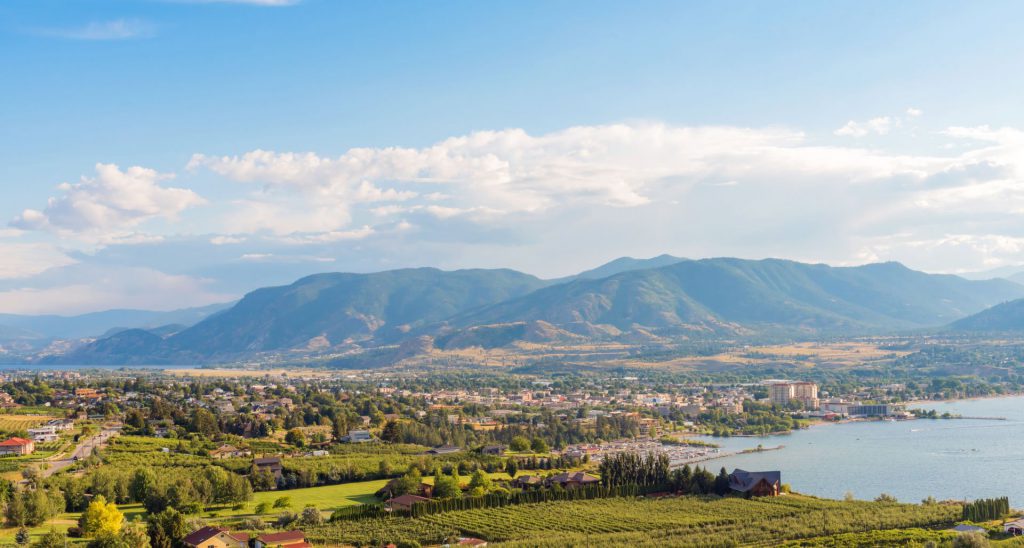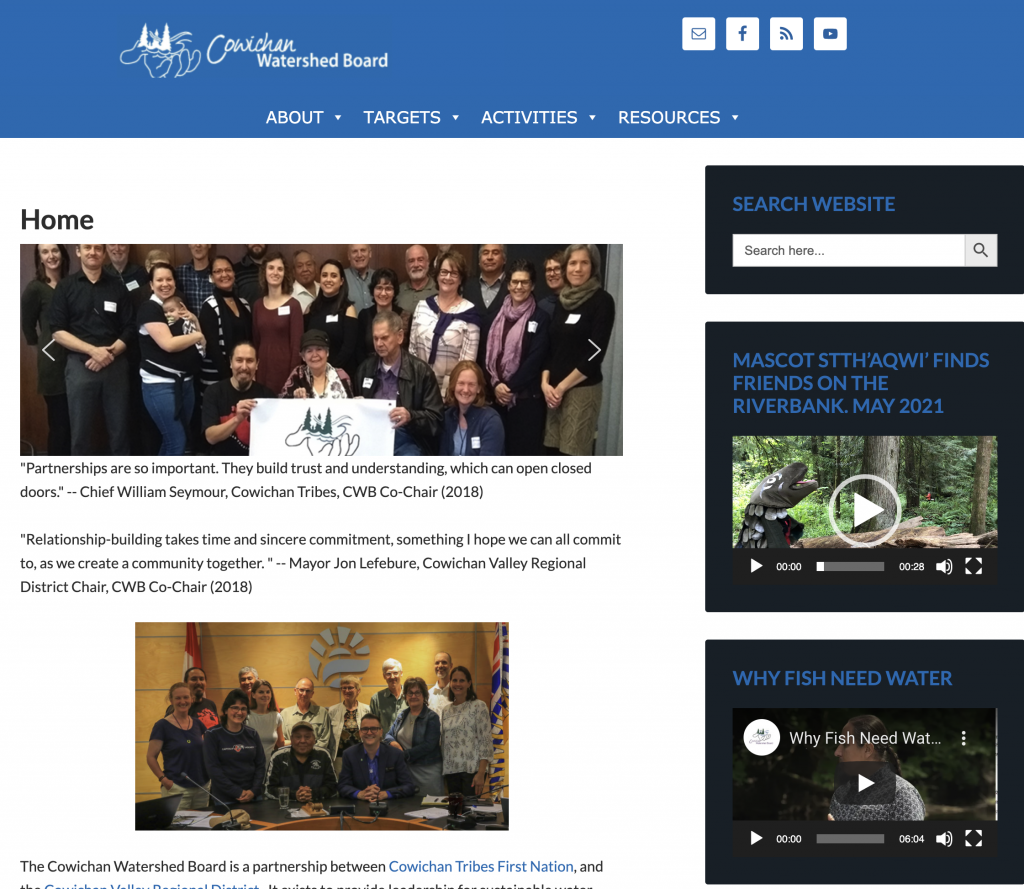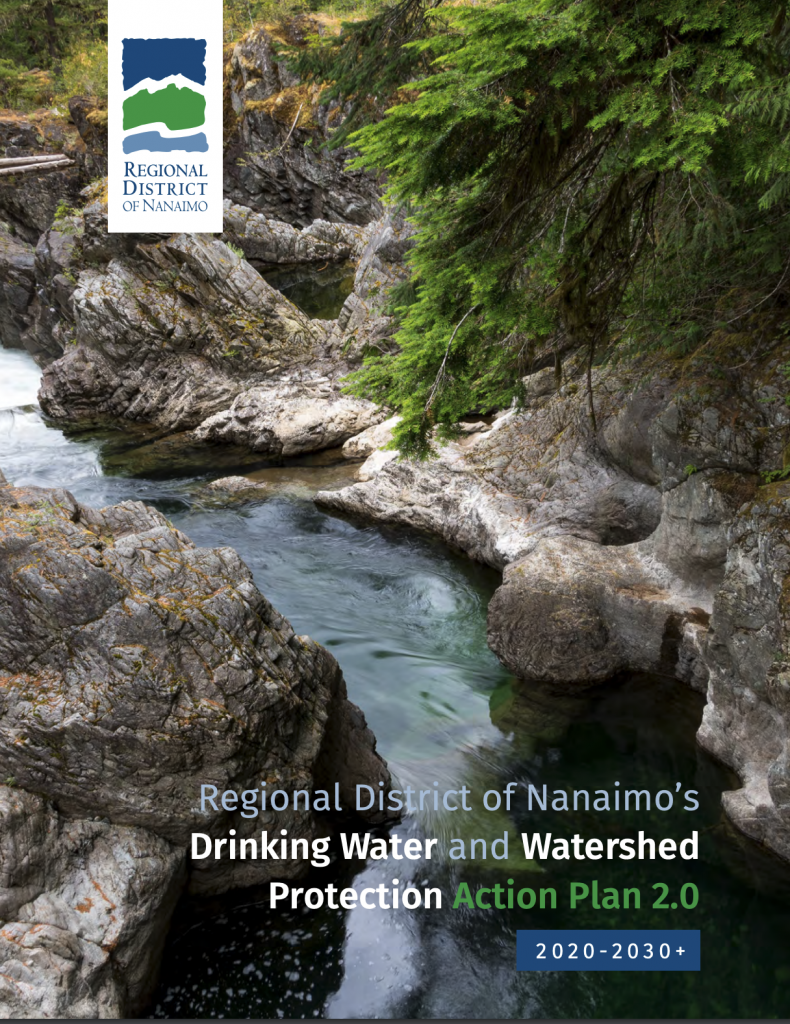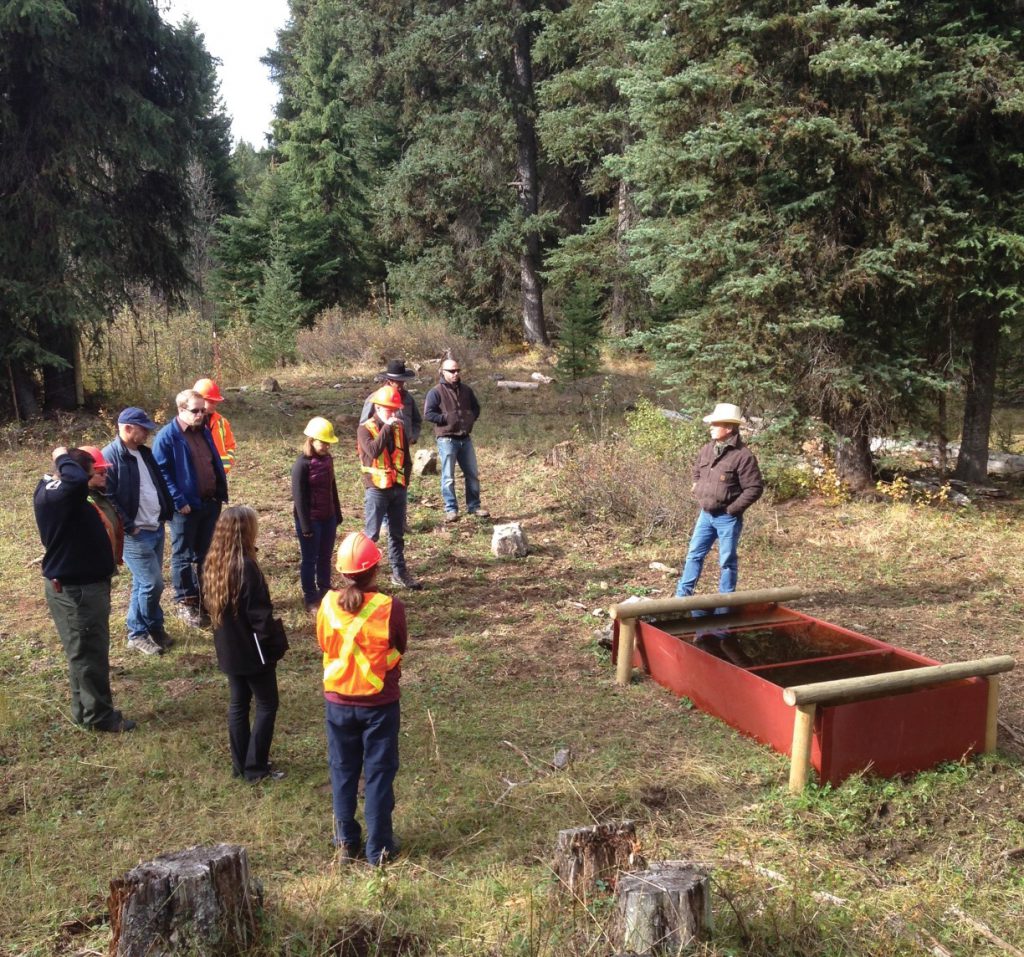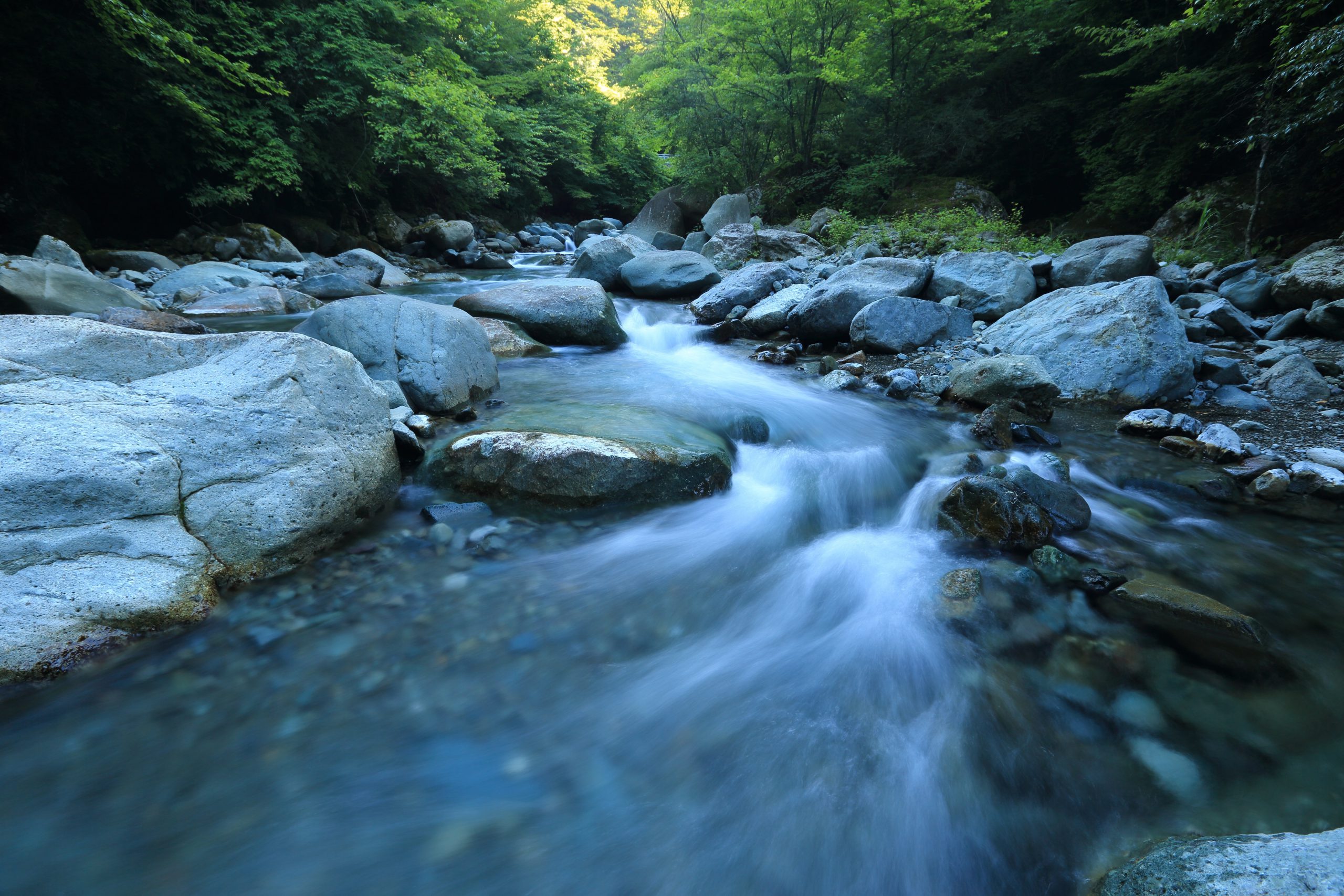Case Studies that Demonstrate the Cost of Doing Nothing
Protecting source water is often easier and more cost effective than treatment alone or dealing with the aftermath of contamination events. Canadian examples: $65 million to deal with a PCB leak that contaminated a Niagara aquifer (Office of the Auditor General of Ontario, 2014). $64 million on the Walkerton tragedy … Read more
